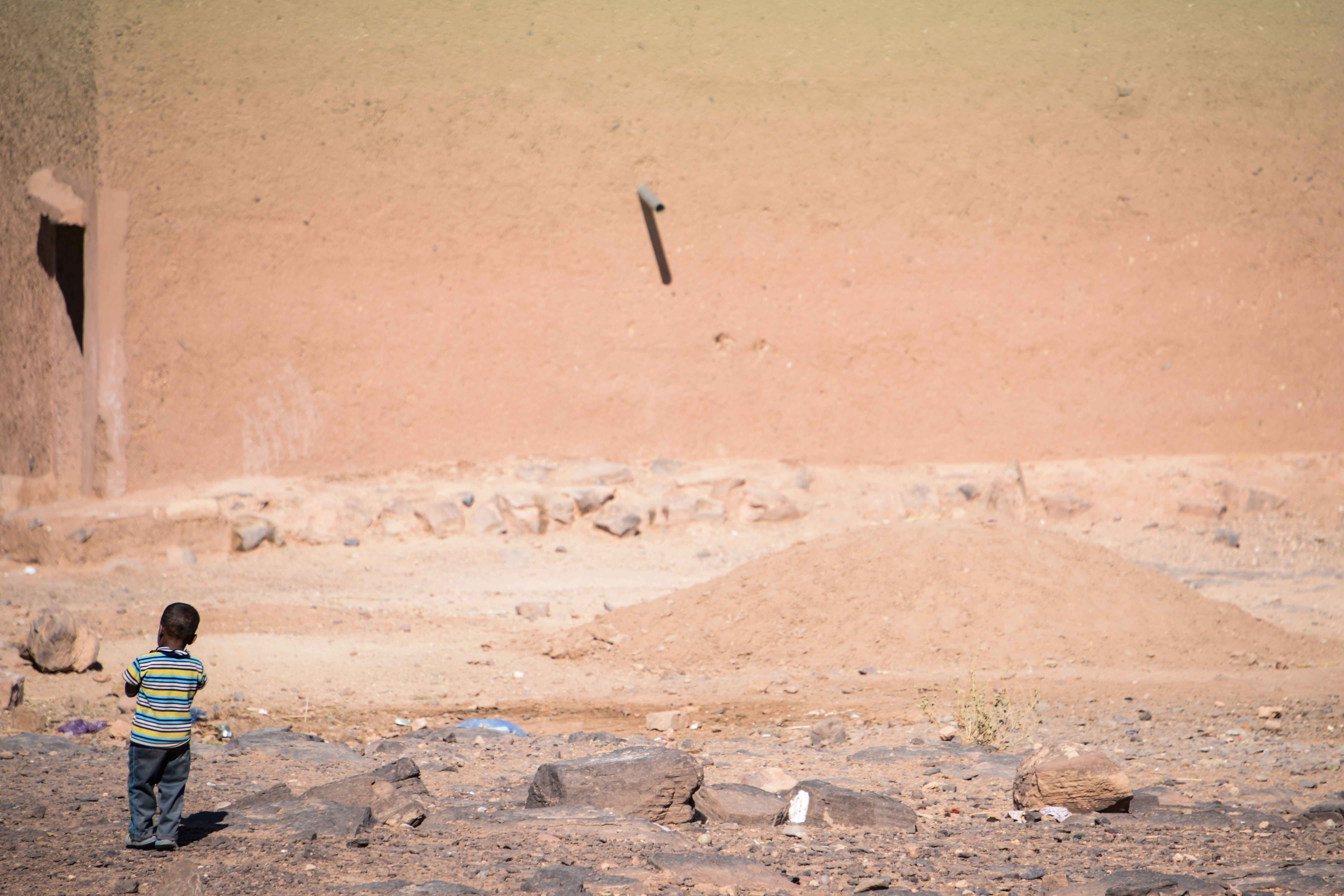
A recent report by ESET issues an (admittedly gentle) warning regarding UNICEF’s cryptocurrency mining platform, TheHopePage.
UNICEF enabled cryptocurrency as a form of donation for users without giving any money at all. All a user is required to do is give away a part of their computing power to let it mine cryptocurrency, but the recent report outlines risks it could pose for users.
The process of mining cryptocurrencies such as Ethereum for UNICEF is quite simple: the miner can be downloaded with UNICEF’s wallet data preconfigured, based on the users graphics card model and operating system. Once the miner is downloaded, the user has to run it through a shortcut to start mining for UNICEF.
The first campaign was launched in February 2018 under the “Game Changers” program and ran until March 31. It was made by UNICEF in France and aimed to raise funds for children in Syria who are affected by the humanitarian crisis and war.
The second campaign which is still currently active was launched by UNICEF Australia on April 29 on a website called “TheHopePage”. This was created with the aim of raising funds for the approximately, 340,000 Burmese children living as refugees in Bangladesh due to the violent crisis in Burma.
Coinhive’s AuthedMine, which powers TheHopePage, said: “Mining is perfectly safe for your computer. If you’re ever worried about power consumption, turn down the amount of processing power you’re donating”.
But the new report by ESET warns: “There are some issues to be considered before you start donating your resources.”
Security risks
The first issue is the electrical consumption that the cryptocurrency mining generates. A computer with a standard graphics card mining Ethereum consumes around 0.16 kWh, similar to the consumption used while playing an advanced video game.
Burning this amount of power for a few hours a day should be okay but it is not safe to do so for long amounts such as 24 hours per day, as it intensively uses and overloads processors which can eventually damage the computer or cause some of its circuits to burn out.
TheHopePage allows to pick an amount for the processing power and UNICEF has clarified that the amount of resources assigned can be configured to avoid overloads; by default, the miner is configured to use 100% of the processing power. For the reason stated above, users should always consider the processing percentage and power that they intend to use before mining.
It is important to bear in mind the decision of choosing the percentage of processing power which is granted to the mining script. If a user choses a higher number such as 100%, it will eventually make the computer run more slowly and cause problems for other applications as well.
The future of charity cryptocurrencies?
It is very interesting to see how an NGO has used cryptocurrency as a method of donation and put a new positive perspective on crypto mining when compared to the consistent tricks hackers use.
With that said, it may only be a matter of time before attackers come up with a new way of using social engineering to gain malicious access to the currency being generated.






